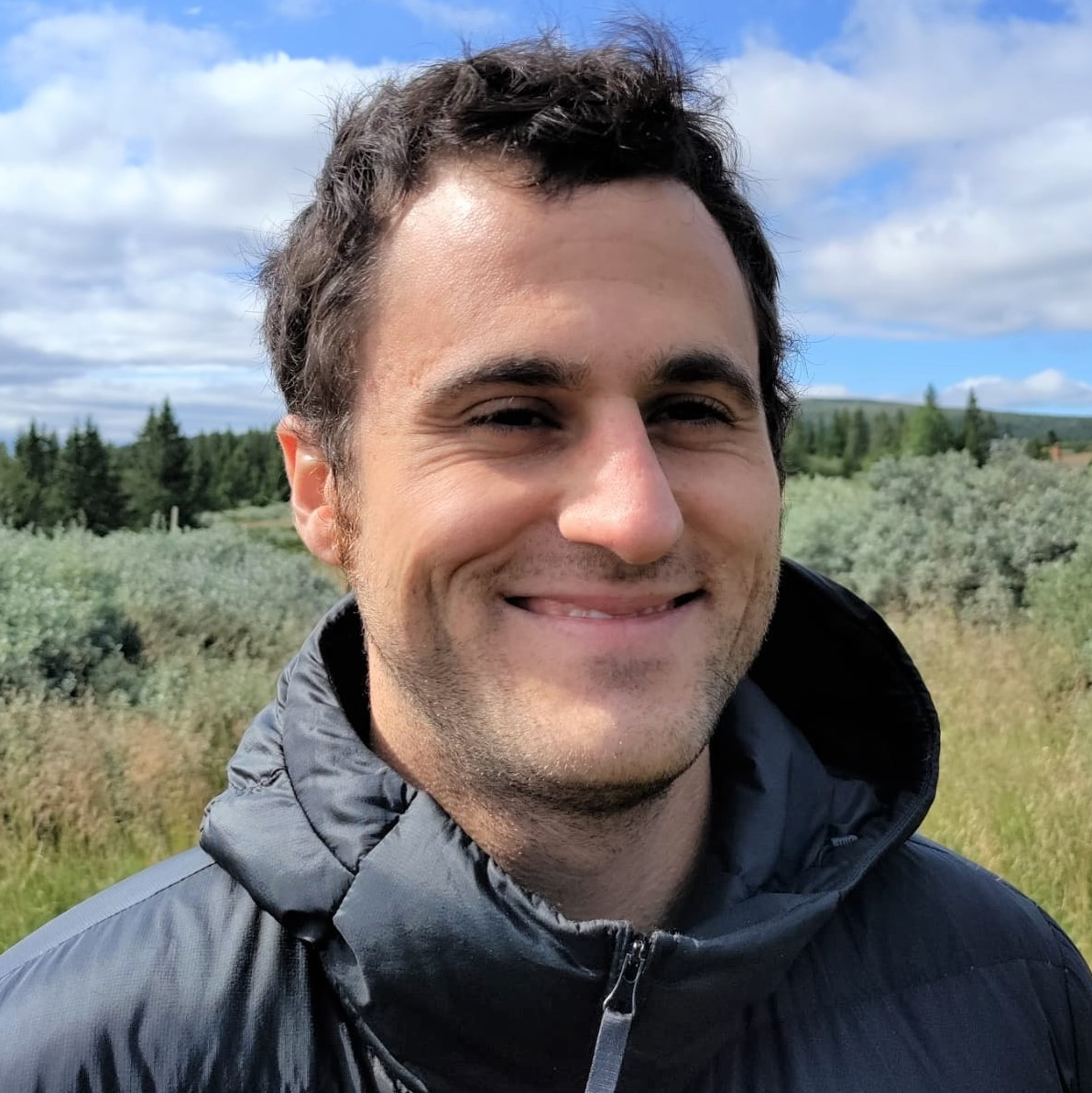While most of Sentience Institute's research to date has been empirical studies, such as on psychological predictors of the moral consideration of digital minds, this field also raises a number of important philosophical questions. In a recent paper published in Inquiry and supported by Sentience Institute alongside Future of Humanity Institute and Utrecht University, Adam Bradley and I propose Access Monitor Prevent (AMP), a strategy for gaining epistemic access to the experiences of future digital minds and preventing digital suffering.
Abstract
As ever more advanced digital systems are created, it becomes increasingly likely that some of these systems will be digital minds, i.e. digital subjects of experience. With digital minds comes the risk of digital suffering. The problem of digital suffering is that of mitigating this risk. We argue that the problem of digital suffering is a high stakes moral problem and that formidable epistemic obstacles stand in the way of solving it. We then propose a strategy for solving it: Access Monitor Prevent (AMP). AMP uses a ‘dancing qualia’ argument to link the functional states of certain digital systems to their experiences—this yields epistemic access to digital minds. With that access, we can prevent digital suffering by only creating advanced digital systems that we have such access to, monitoring their functional profiles, and preventing them from entering states with functional markers of suffering. After introducing and motivating AMP, we confront limitations it faces and identify some options for overcoming them. We argue that AMP fits especially well with—and so provides a moral reason to prioritize—one approach to creating such systems: whole brain emulation. We also contend that taking other paths to digital minds would be morally risky.
Read the open-access paper in Inquiry: https://www.tandfonline.com/doi/full/10.1080/0020174X.2022.2144442
